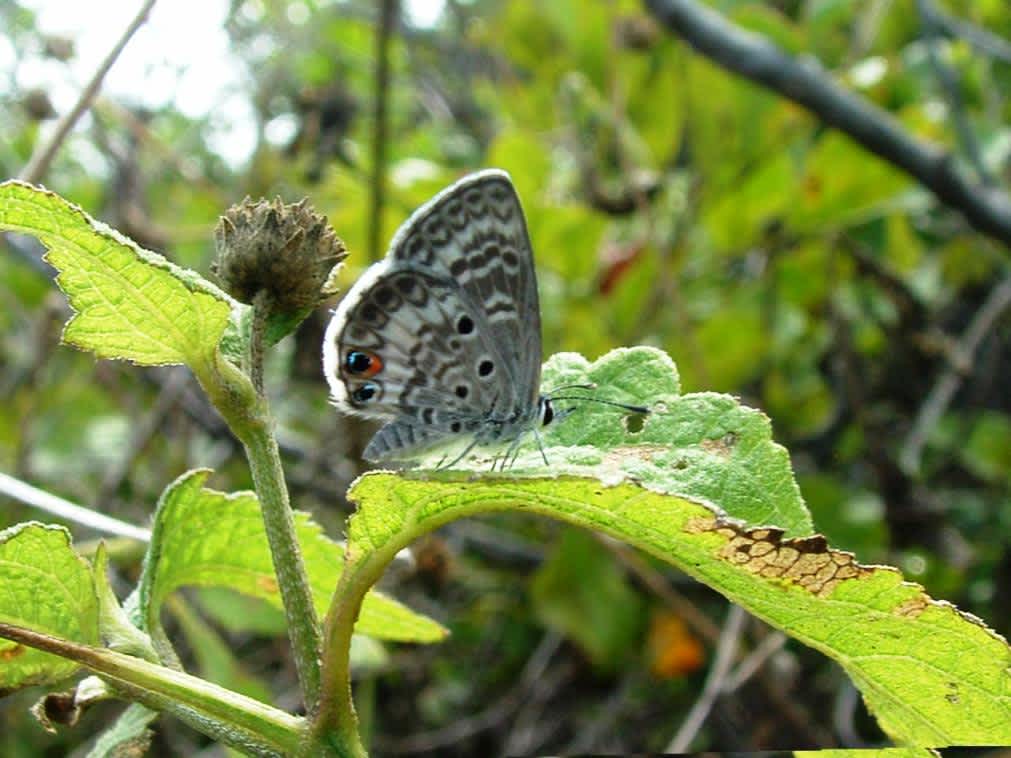Florida FWC Recognizes Miami Blue Butterfly’s Fragile Existence, Endangered Status

The Miami blue butterfly’s territory is shrinking. This small, iridescent butterfly species once fluttered up the west coast as far as Tampa and the east coast to Daytona Beach. Now it is detected only on small islands in the Key West National Wildlife Refuge, west of Key West. Even there, the Miami blue’s numbers fluctuate greatly.
The Florida Fish and Wildlife Conservation Commission (FWC) today changed the status of the Miami blue butterfly from state-designated threatened to federally designated endangered on Florida’s Endangered and Threatened Species List. The Commissioners’ decision recognizes the current federal status of the Miami blue, designated as endangered by the U.S. Fish and Wildlife Service, first on an emergency basis in 2011 and then officially this year.
Why do this? In September 2010, after extensive public and stakeholder input, the FWC adopted new rules to eliminate confusion or duplication about the listing of Florida’s endangered and threatened species. Prior to that time, it was possible for a Florida species to be listed differently by state and federal wildlife agencies, or for a species’ status to be evaluated simultaneously by both agencies. That confusion and duplication of effort no longer exists, as the FWC adopts federal listing changes to keep the Florida Endangered and Threatened Species List consistent with federal listings.
The Miami blue butterfly is a homebody, with its longest flight recorded to be just 25 feet. When nectar from its favorite flowering plants such as gray nickerbean and wild sage is nearby, that helps. Threats to the butterfly include habitat fragmentation and loss, hurricanes, insecticides and nonnative green iguanas consuming the nickerbean, also a host plant for its larvae. This native Florida butterfly was thought, mistakenly, to have disappeared from the wild by the early 1990s.
Current conservation efforts for the Miami blue have included successful captive breeding, but reintroduction of those butterflies into the wild generally has failed for unknown reasons. Another mystery is the exact role of various ant species in tending Miami blue larvae.
Three other butterfly species – Cassius blue, Ceraunus blue and Nickerbean blue – are listed as federally threatened because of their similar appearance to the Miami blue, and the FWC Commissioners have granted them the same state-listing status. This action will prohibit collection of these butterfly species in coastal and south Florida, where the Miami blue also may occur.
The Commissioners also changed Florida’s listing of several other species to conform to their new federal status. The Atlantic sturgeon will be listed as federally designated endangered, after previously being a state species of special concern. The Okaloosa darter will change from an endangered to a threatened species to reflect its improved status.

